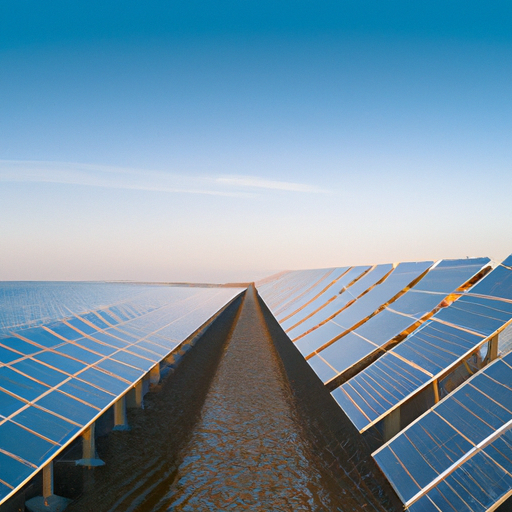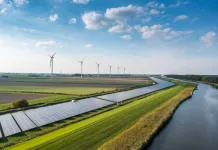Two recent studies from different ends of the political spectrum reveal promising progress in consumer acceptance of wind and solar installations in neighborhoods. This growing trend toward renewable energy is bipartisan and widespread across regions in the US.
The Washington Post-University of Maryland Poll
In a fascinating revelation, a poll conducted by The Washington Post and the University of Maryland found that the majority of people in the US are comfortable with the idea of solar panels or wind turbines being built in their communities. Surprisingly, this support cuts across party lines.
The poll asked respondents whether they would be comfortable or uncomfortable with the construction of solar panels, wind turbines, and nuclear power plants in their communities. The results showed that a significant number of individuals are comfortable with the development of renewable energy:
Despite this broad support for renewable energy, news headlines often focus on neighborhoods that vehemently oppose solar and wind installations. Small, vocal groups of residents known as “Not in my Backyard” (NIMBY) opponents are fueled by disinformation campaigns from the fossil fuel industry. This discrepancy between broad support and local opposition highlights the need for better communication and inclusion of residents in the decision-making process.
The MIT Study on Renewable Energy Project Opposition
A study conducted by MIT analyzed 53 utility-scale wind, solar, and geothermal energy projects in 28 US states from 2008 to 2021. The study found that 34% of these projects faced significant delays and difficulties securing permits, 49% were permanently cancelled, and 26% resumed after being halted for months or years. Organized opposition groups employed various tactics such as lawsuits, political campaigns, appeals to other levels of government, and direct protests to block these projects.
The MIT authors suggest that involving and informing communities during the planning and impact assessment stages of renewable energy projects could help reduce opposition. Sharing technical information and building trust among key stakeholders is essential for a smoother approval process.
Impact of Utility-Scale Solar Facilities on Residential Properties
A study conducted by Conservative Texans for Energy Innovation (CTEI), in partnership with the Advanced Power Alliance (APA) and the Solar Energy Industries Association (SEIA), focused on the impact of residential properties near utility-scale solar facilities in Texas. The researchers analyzed six projects across diverse geographic areas and compared key real estate indicators to properties located further away from the solar projects.
The results of the analysis showed that nearby residential properties maintained a robust and competitive market even during and after the development of solar projects. Residential sales metrics did not show a negative impact due to the proximity of solar installations. Interviews with local market experts and agents also confirmed these findings, indicating that awareness of solar projects did not affect the sale price or marketing time of properties.
Clean Energy Projects and Job Creation in Conservative States
Since the passage of the Inflation Reduction Act, more than half of the announced clean energy projects are located in districts represented by House Republicans. This trend may be attributed to the subsidies provided by the Biden-Harris administration’s climate law, which is attracting clean energy factories and creating jobs in traditionally conservative states. These investments are playing a role in winning over conservative workers to solar and wind power.
The impact of climate investments can also be seen in perceptions of neighborhood solar and wind installations and land values near solar energy projects. While the trickle-down effect may not align with economic theory, the revitalization of the US energy system through climate investments is shaping public opinion and driving positive changes.

























